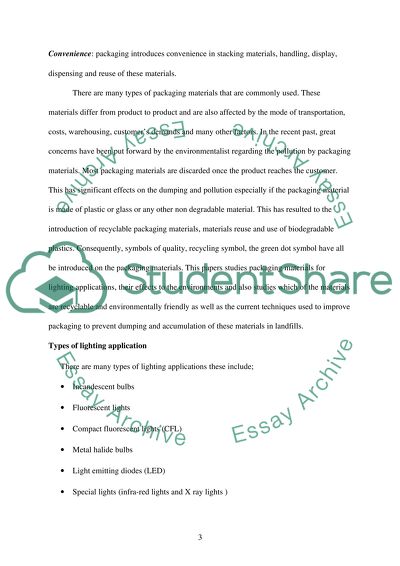Cite this document
(“Packaging Design Essay Example | Topics and Well Written Essays - 4000 words”, n.d.)
Retrieved from https://studentshare.org/miscellaneous/1511532-packaging-design
Retrieved from https://studentshare.org/miscellaneous/1511532-packaging-design
(Packaging Design Essay Example | Topics and Well Written Essays - 4000 Words)
https://studentshare.org/miscellaneous/1511532-packaging-design.
https://studentshare.org/miscellaneous/1511532-packaging-design.
“Packaging Design Essay Example | Topics and Well Written Essays - 4000 Words”, n.d. https://studentshare.org/miscellaneous/1511532-packaging-design.


